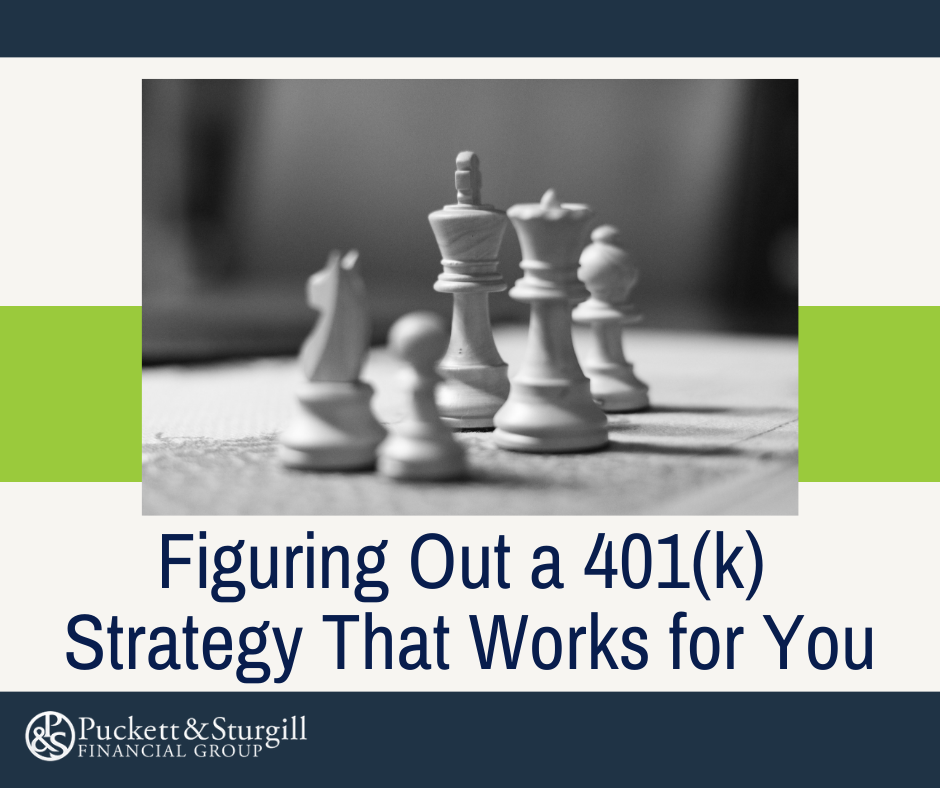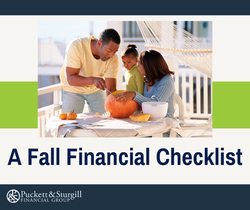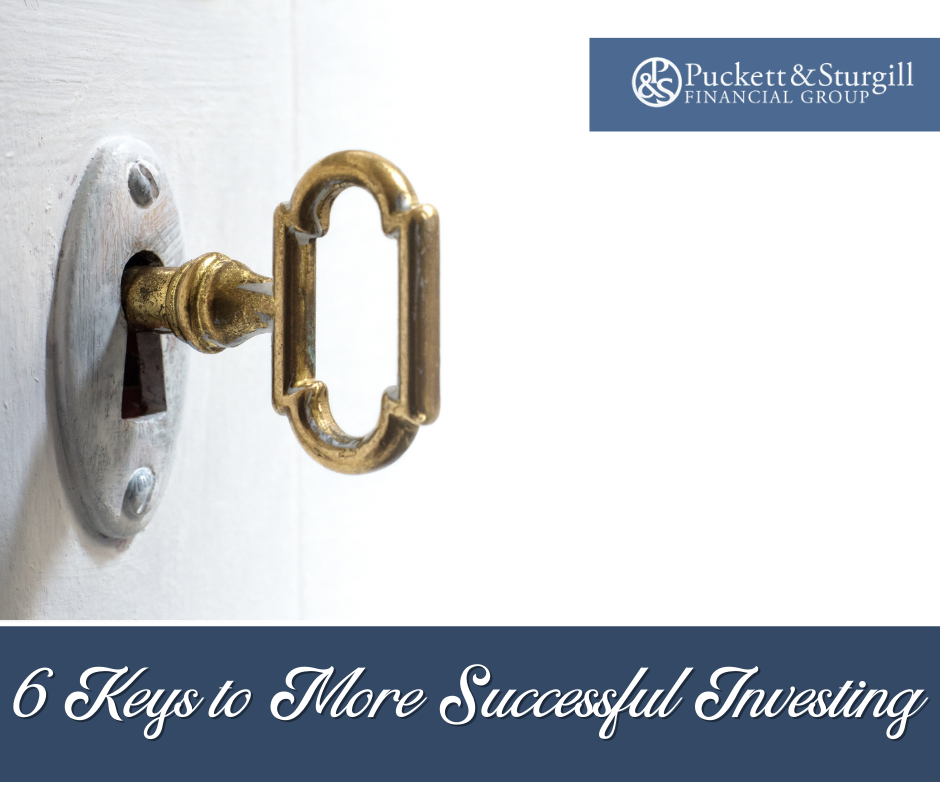
Traditional vs. Hybrid Long-Term Care Insurance: Which is Appropriate for You?
Growing old is simply one thing you can’t avoid. The goal is to enjoy your retirement years as you imagined after a lifetime of working. One aspect of growing old that young people may overlook is long-term care insurance and how expensive it can be if you need it and don’t plan for it. According to Money.com, long-term care expenses can run upwards of $9,000 per month. When you are young, the prospect of declining health 30+ years down the road isn’t at the forefront of your mind. However, it can’t be overstated how critical it is to be prepared for the possibility that you may need care later in life. For those that see a benefit to investing in a long-term care insurance policy, one question you may have is which type of policy to choose – hybrid or traditional? What is long-term care insurance? Long-term care insurance is typically used for expenses that Social Security generally doesn’t cover; for example, home health care, assisted living facilities, and nursing homes. Social Security provides retirement, disability, and survivor benefits instead of long-term care costs. What is the difference between traditional and hybrid long-term care insurance?
- Traditional long-term care insurance (use it or lose it) – Traditional long-term care is a stand-alone policy where you pay regular premiums over time. Should you need long-term care, the policy will pay for covered services up to a limit. If you don’t ever need care, the money you paid toward the premiums, much like homeowner’s insurance, are not returned to you or your heirs.
- Hybrid long-term care insurance – Hybrid long-term care is what sounds like, a combination of long-term care insurance with life insurance. This type of insurance provides added financial security; if you need care, the policy can help cover those expenses. If you never need care, the policy offers a death benefit to your heirs.
- Traditional long-term care premiums are generally lower initially but tend to increase over time because of rate increases.
- Hybrid policies typically have a fixed premium but tend to be higher upfront.
- Hybrid long-term care insurance is typically more flexible because the policies offer a “return-of-premium” feature that permits you to cancel the policy and recover a portion or all of your premiums paid should your long-term needs change.
- As in anything, you have the pros and cons. As mentioned earlier, traditional long-term care insurance is to “use it or lose it,” whereas hybrid will generally be distributed to your heirs if it isn’t used.
- The cost of hybrid long-term care has a higher price than traditional long-term care. Also, it may not offer as significant long-term care coverage as a stand-alone traditional policy.
- Consider consulting a financial professional to review your financial situation, help you design a strategy, and determine which type of long-term care could benefit you and your financial goals.











